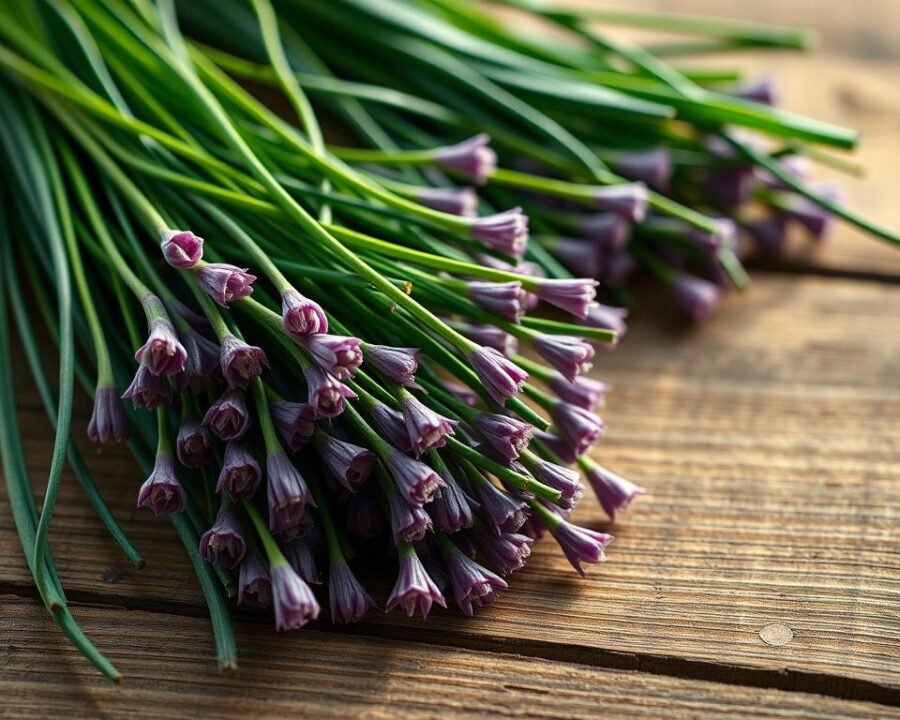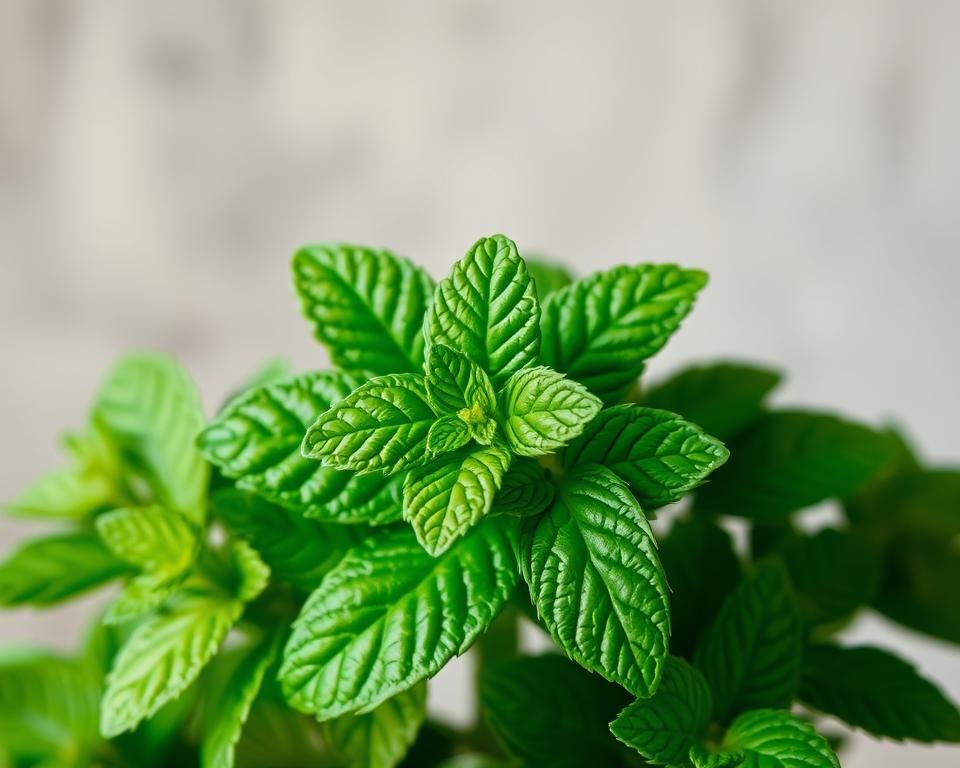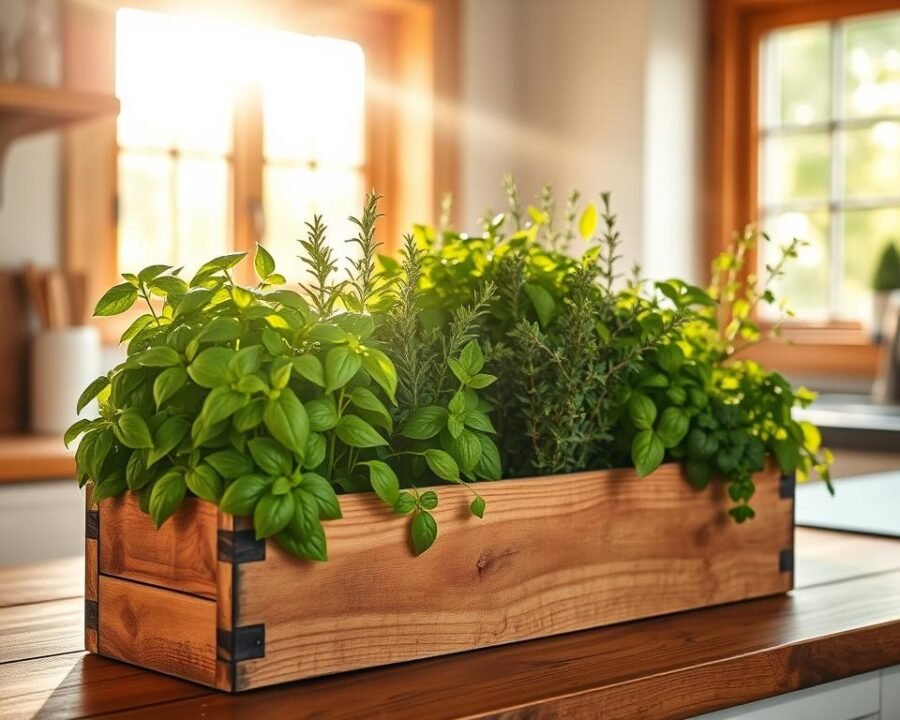Discover the Best Herb Garden for the Kitchen You Need to Try
There’s something magical about plucking fresh herbs just before cooking. The aroma fills the air, and the flavors transform ordinary meals into something extraordinary. Whether you have a spacious backyard or a sunny windowsill, growing your own greens is easier than you think.
Imagine garnishing pasta with basil you grew or adding homegrown mint to summer drinks. Freshness like this can’t be bought. Plus, cultivating your own supply cuts down on waste—no more wilted store-bought bundles.
From rosemary’s earthy depth to cilantro’s bright kick, seven key varieties thrive indoors and out. They’re low-maintenance, space-friendly, and double as décor. Ready to elevate your cooking with nature’s finest flavors?
Key Takeaways
- Freshly picked herbs enhance flavor and aroma in dishes.
- Seven essential varieties grow well in small spaces.
- Homegrown options reduce food waste.
- Herbs add both beauty and utility to any space.
- Perfect for sauces, salads, and refreshing drinks.
Introduction
Urban living doesn’t mean sacrificing fresh flavors at home. Even tiny apartments can host a thriving herb garden, transforming windowsills into mini farms. Fresh herbs elevate meals while saving trips to the store.
Basil and mint top the list for beginners. They grow fast, demand little space, and reward with bold tastes. A single pot pays for itself after a few harvests.
Compare store-bought bundles to homegrown savings:
| Store-Bought | Homegrown | |
|---|---|---|
| Cost per use | $2–$5 per bunch | Pennies after initial setup |
| Freshness | Wilted in days | On-demand for weeks |
| Variety | Limited by season | Year-round options |
Imagine garnishing pizza with basil picked minutes before cooking. Or muddling mint for mojitos without a grocery run. That’s culinary freedom—one snip at a time.
1. Basil: The King of Kitchen Herbs
Bright green leaves and a sweet aroma make basil a favorite. This herb thrives with minimal care, offering bold flavor for countless recipes. Whether grown indoors or outdoors, it’s a must-have for any cook.
Ideal Growing Conditions
Basil loves warmth and sunlight. Plant it in well-drained soil with 6–8 hours of daily sun. Water when the top inch of soil feels dry—overwatering dulls the leaves fresh taste.
Culinary Uses
Add torn basil at the end cooking to preserve its delicate taste. It pairs perfectly with:
- Pesto: Blend with pine nuts, Parmesan, and olive oil. Freeze extras for later.
- Summer salads: Toss with tomatoes, mozzarella, or watermelon.
- Infused syrups: Sweeten lemonade or cocktails with a herbal twist.
| Fresh Basil | Dried Basil | |
|---|---|---|
| Flavor Intensity | Bright, sweet | Muted, earthy |
| Best Used In | Fresh dishes, garnishes | Soups, slow-cooked sauces |
2. Rosemary: Aromatic and Versatile
Few herbs like rosemary pack as much aroma and versatility. Its woody stems and needle-like leaves add a piney, *citrusy depth* to savory and sweet dishes. Perfect for both gardeners and cooks, it thrives with minimal fuss.

Ideal Growing Conditions
Rosemary loves sunny spots and well-drained soil. Drought-tolerant once established, it’s ideal for forgetful waterers. For best use fresh leaves:
- Plant in pots with drainage holes to prevent root rot.
- Prune regularly to encourage bushier growth.
- Bring indoors in winter if temperatures drop below freezing.
Culinary Uses
This herb’s bold flavor pairs well with roasted meats, bread, and even desserts. Try these ideas:
- Infuse olive oil: Steep sprigs in warm oil for dipping bread or marinating lamb.
- Grill skewers: Use sturdy stems as natural skewers for veggies or shrimp.
- Rosemary salt: Crush dried leaves with sea salt for roasted potatoes.
- Candy leaves: Dip in sugar syrup for cocktail garnishes.
3. Chives: Delicate and Flavorful
With their slender green stems and edible purple blooms, chives are both pretty and practical. These perennial fresh herbs deliver a gentle onion flavor that enhances dishes without overwhelming them. They thrive in containers or garden beds, making them ideal for any herb garden.

Ideal Growing Conditions
Chives flourish in full sun but tolerate partial shade. Plant them in moist, well-drained soil and water when the topsoil dries. For continuous harvests:
- Cut leaves 2 inches above the base to encourage regrowth
- Divide clumps every 3-4 years to maintain vigor
- Harvest flowers to promote leaf production
Culinary Uses
The mild onion taste pairs perfectly with creamy and savory dishes. Try these ideas:
- Top baked potatoes or deviled eggs with freshly snipped stems
- Mix into cream cheese spreads for bagels or stuffed mushrooms
- Add purple flowers to vinegar for infused dressings
Preserve extras by freezing chopped chives in olive oil cubes. They’ll keep their flavor for soups and stews all winter.
| Fresh Chives | Dried Chives | |
|---|---|---|
| Flavor | Bright, delicate | Muted, earthy |
| Best For | Garnish, salads, dips | Baked dishes, spice blends |
4. Mint: Refreshing and Prolific
Cooling and vibrant, mint transforms drinks and dishes instantly. Its *invigorating* aroma and bright flavor make it a staple for cocktails like mojitos or simple garnishes. Best of all, it’s a prolific grower—once planted, it thrives with little fuss.

Ideal Growing Conditions
Mint prefers moist soil and partial shade. Plant it in pots to control spreading—this herb can take over gardens. Snip leaves fresh from stems to encourage bushier growth.
Culinary Uses
Use fresh mint to elevate both sweet and savory creations:
- Muddle with lime and sugar for mojitos or infuse into honey syrup.
- Toss shredded leaves into tabbouleh or yogurt-based dips.
- Freeze in ice cubes to garnish iced tea or lemonade.
- Pair chocolate mint with berries or blend into brownie batter.
For a caffeine-free boost, steep leaves in hot water for soothing tea. Its versatility makes it a kitchen essential year-round.
5. Thyme: A Savory Staple
Thyme’s tiny leaves pack a punch of savory flavor. This hardy perennial thrives in sunny spots, offering year-round freshness for hearty dishes. Whether sprinkled over roasted veggies or steeped in tea, its warmth elevates every bite.
Ideal Growing Conditions
Thyme loves full sun and well-drained soil. Pair it with herbs like rosemary in rock gardens or pots. Water sparingly—its drought tolerance makes it perfect for busy growers.
Culinary Uses
Add sprigs to soups or bean stews while cooking; remove stems before serving. For a gourmet twist, try these ideas:
- Infuse honey with thyme to glaze roasted carrots.
- Mix into olive oil with garlic for dipping bread.
- Blend with breadcrumbs for crispy chicken coatings.
Thyme shines in Italian dishes or mashed potatoes. Dry extras for teas or spice blends.
| Fresh Thyme | Dried Thyme | |
|---|---|---|
| Flavor | Bright, lemony | Concentrated, earthy |
| Best For | Garnish, marinades | Slow-cooked sauces, rubs |
6. Sage: Earthy and Robust
Few ingredients add depth like sage. Its velvety leaves release an earthy aroma when crushed, perfect for hearty dishes. This perennial thrives with little care, rewarding cooks with year-round harvests.
Ideal Growing Conditions
Sage prefers full sun and well-drained soil. Water sparingly—its drought tolerance makes it ideal for dry climates. For bushier growth:
- Prune stems after flowering to encourage new shoots
- Plant in containers with drainage holes to prevent root rot
- Harvest leaves fresh in the morning when oils peak
Culinary Uses
This herb’s robust flavor shines in both savory and sweet recipes. Try these ideas:
- Fried sage leaves in brown butter over pumpkin ravioli
- Rub crushed leaves under turkey skin before roasting
- Infuse cream sauces for butternut squash risotto
- Mix with apples and brown sugar for stuffing
Preserve extras by making sage salt. Dry leaves with sea salt for a gourmet pantry staple.
7. Oregano: Mediterranean Must-Have
Sun-drenched hills of the Mediterranean gift us oregano, a powerhouse of taste. Its peppery, earthy flavor elevates everything from grilled meats to simple salads. Whether fresh or dried, this herb anchors countless regional dishes.
Ideal Growing Conditions
Oregano thrives in full sun and well-drained soil. Prune regularly to prevent leggy growth and encourage bushier leaves. Drought-tolerant once established, it’s perfect for low-water gardens.
Culinary Uses
Rub dried oregano between your palms to wake up its aroma before sprinkling on pizza. For a Greek twist, blend fresh leaves into lamb meatballs with feta and lemon zest.
Infuse olive oil with chili flakes and oregano sprigs for spicy pasta aglio e olio. Add stems to simmering marinara sauce—remove before serving for authentic depth.
Pair with herbs like marjoram and basil in Italian blends. Oregano’s boldness balances creamy dips or roasted vegetables effortlessly.
Conclusion
Growing culinary herbs at home unlocks endless flavor possibilities. From basil’s sweet aroma to thyme’s earthy warmth, each variety adds depth to meals. Start with 2–3 favorites—like oregano and rosemary for Mediterranean dishes.
Harvest fresh herbs before flowering for the most intense taste. Pair mint with summer drinks or sage with roasted veggies. Even a windowsill herb garden delivers restaurant-quality flavors.
Ready to elevate your cooking? Snip, savor, and enjoy the difference homegrown makes.







